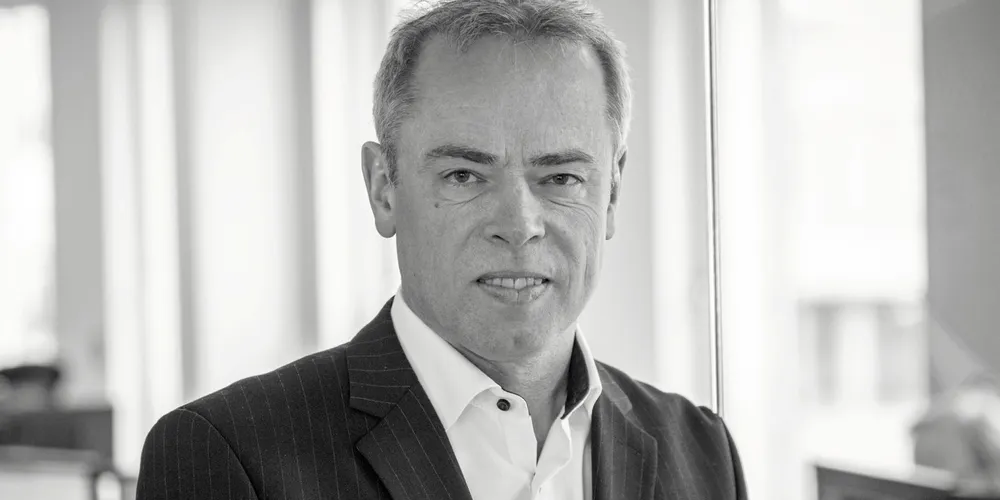'The greatest contributor to wind supply chain pressure is the drive for ever-larger turbines'
Industrial standardisation has not come naturally to offshore wind despite it being an sector rooted in serial production, writes Torgeir Ramstad. Yet standardise it must if it is to help fulfil Europe's energy transition goals
